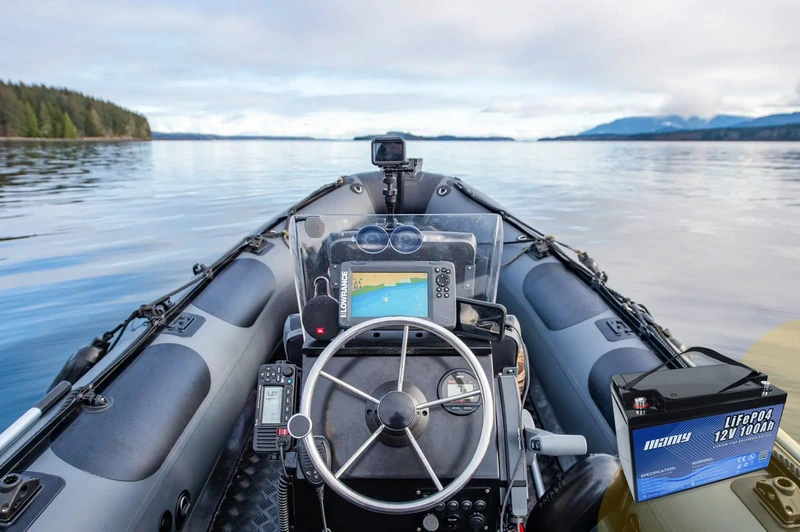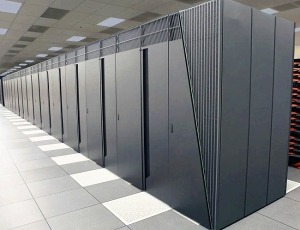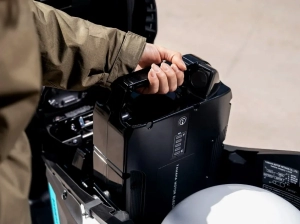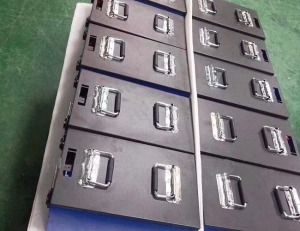Qué batería alimentar los accesorios de un barco
Tabla de contenido
- Qué batería alimentar los accesorios de un barco
- Por dónde empezar con la selección de la batería
- Comprender los diferentes tipos de baterías marinas
- Guía de tamaños de baterías para barcos
- Reglas clave para el mantenimiento de baterías marinas
- How to Replace Your Boat's Battery
- Cargar una batería marina
- Consejos para evitar problemas con la batería
- Problemas eléctricos comunes en los barcos
- Cómo prevenir problemas eléctricos importantes en su barco
- Abordar fallas eléctricas en embarcaciones
- Los mayores problemas eléctricos en los barcos
- Reflexiones finales sobre los sistemas eléctricos marinos
- Más información sobre la batería

Por dónde empezar con la selección de la batería
When you're deciding on the right boat battery for your accessories, it’s important to start by considering the power needs of your vessel. Different boats have varying electrical demands, depending on the number and type of accessories you have onboard. For instance, if you have a small fishing boat with minimal electronic equipment, your power requirements will be much lower than those of a larger vessel outfitted with multiple electronic systems.A good place to begin is by checking your boat’s owner's manual. This will often provide recommended marine battery types, sizes, and ratings that are suited to your boat's electrical setup. If your current battery has been functioning well, you may consider sticking with the same type or model. However, if you’ve added new equipment or if your existing battery no longer meets your needs, it might be time to explore other options.For example, if you've upgraded your boat with a more sophisticated electronics package, the power draw might be significantly higher than it was before. In such cases, you’ll want to ensure that your new batería marina de ciclo profundotiene una clasificación de amperios-hora suficiente para manejar la carga adicional. Esto es especialmente importante para accesorios como los motores de pesca por curricán, que requieren energía continua durante períodos prolongados. En caso de duda, consulte con un experto marino para determinar la mejor solución para su configuración específica.Comprender los diferentes tipos de baterías marinas
There are several types of batteries to choose from, depending on your boat's needs. The three most common are starting batteries, deep cycle batteries, and dual-purpose batteries.- Baterías de arranque: Están diseñados para proporcionar una rápida ráfaga de potencia para arrancar el motor de su embarcación. Proporcionan alta corriente durante períodos cortos, pero no están diseñados para alimentar accesorios durante períodos prolongados. Una vez que el motor está en marcha, el alternador toma el control y la batería de arranque ya no se utiliza.
- Batería marina de ciclo profundo: Este tipo de batería está diseñada para proporcionar un flujo constante de electricidad durante largos períodos. Es ideal para alimentar accesorios como luces, sistemas GPS y motores de pesca por curricán. A diferencia de las baterías de arranque, las baterías de ciclo profundo están diseñadas para descargarse y recargarse repetidamente, lo que las hace perfectas para el funcionamiento de accesorios de embarcaciones.
- Baterías de doble propósito: Una batería de doble propósito combina la funcionalidad de las baterías de arranque y de ciclo profundo. Esto significa que puede usarlo para arrancar su motor y alimentar sus accesorios. Sin embargo, si bien ahorra espacio y puede ser una buena opción para embarcaciones más pequeñas, normalmente no ofrece el mismo nivel de rendimiento que las baterías dedicadas de arranque o de ciclo profundo.
Guía de tamaños de baterías para barcos
Marine batteries come in various sizes, which are often referred to by group numbers like 24, 27, and 31. The group size simply refers to the physical dimensions of the battery, not its power capacity. It’s crucial to choose a battery that fits securely in your boat’s battery compartment.Larger batteries, such as Group 31, tend to have higher capacities and can store more energy, which means they can power your accessories for longer periods. However, the trade-off is that they are bulkier and heavier. Be sure to select a battery that balances your space limitations with your boat’s power requirements.Reglas clave para el mantenimiento de baterías marinas
Maintaining your marine battery is just as important as selecting the right one. Here are some essential rules to keep in mind:- Recarga después de cada uso: Después de cada viaje, recargue completamente la batería de su embarcación para evitar que pierda su capacidad con el tiempo. Para los usuarios de baterías marinas de ciclo profundo, esto es especialmente crucial, ya que descargar la batería demasiado puede reducir su vida útil.
- Evite descargar por debajo del 50%: Para baterías de plomo-ácido inundadas, nunca permita que la carga baje del 50%, ya que esto puede causar daños irreversibles. Por otro lado, las baterías marinas de litio pueden soportar descargas más profundas, lo que las convierte en una opción más duradera a largo plazo.
- Monitorear el estado de la batería: Use a battery monitor or an app provided by the manufacturer to keep an eye on your battery's state of charge (SOC), temperature, and other critical parameters. This helps prevent unexpected battery failures while you’re out on the water.
- Elija el cargador adecuado: Asegúrese de utilizar un cargador que coincida con la química y la capacidad de su batería. Parabaterías marinas de litio de ciclo profundo, a menudo es necesario actualizar a un cargador diseñado específicamente para tecnología de litio para optimizar el rendimiento y la longevidad.




















